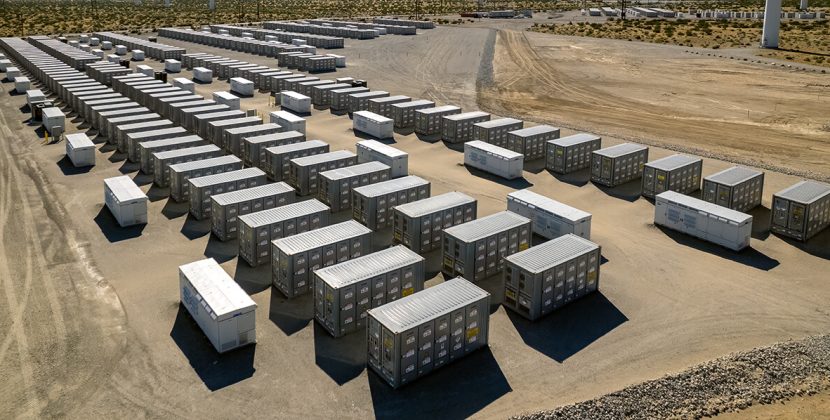
Introduction
Wildfire smoke exposure over eight months is a new record that affects millions of people. Breathing in smoke every day can harm the lungs, heart, and brain. From towns near forests to big cities downwind, no one is safe. This article explores how wildfire smoke exposure impacts our health, environment, and daily lives. You will learn what makes long-term smoke exposure so dangerous and discover simple steps to protect yourself and your family. Understanding these effects helps communities prepare and stay safe during future smoke events.
The Scale of Smoke Exposure

In recent years, wildfires have burned larger areas for longer seasons. Climate change, drought, and high winds feed the flames. Some regions now face long-term smoke exposure that lasts many months. Satellite data show a steady haze hanging over wide zones. Visibility drops to a few hundred meters on bad days. Air quality indexes often hover in the “unhealthy” or “hazardous” range. Schools close early, sports events cancel, and outdoor workers struggle to breathe. Such widespread and persistent smoke drives home the true scale of this threat.
Particulate Matter and Air Quality
The main danger in wildfire smoke is fine particles known as PM2.5. These tiny bits of ash and soot measure less than 2.5 micrometers across—about one-thirtieth the width of a human hair. Because of their small size, PM2.5 particles slip deep into the lungs and enter the bloodstream. Over eight months, constant PM2.5 exposure can lead to chronic inflammation. Air quality monitors record spikes during fire seasons, but in some regions, levels rarely return to safe limits. Continuous high readings become the new normal, undermining clean-air standards and putting public health at risk.
Health Effects of Wildfire Smoke
Breathing smoke for long periods takes a heavy toll on health. Short-term effects include coughing, sore throat, and irritated eyes. Yet the true danger lies in long-term smoke exposure:
- Respiratory Illnesses: Risks of asthma attacks, bronchitis, and chronic obstructive pulmonary disease (COPD) rise sharply.
- Cardiovascular Strain: Particles in smoke force the heart to work harder, raising blood pressure and triggering heart attacks.
- Weakened Immune System: Constant inflammation can lower overall immunity, making infections more likely.
- Mental Health: Anxiety and depression rates climb when people worry about smoke or stay indoors for safety.
Medical studies link persistent exposure to reduced lung function in children and higher death rates among the elderly. Understanding these health effects of wildfire smoke underscores the urgency of reducing exposure.
Vulnerable Populations
Not everyone faces the same level of risk. Some groups are especially vulnerable during prolonged smoke events:
- Children: Developing lungs absorb more particles per body weight, increasing lifelong risk.
- Older Adults: Weaker immune systems and preexisting conditions intensify smoke harm.
- Pregnant Women: Smoke exposure can affect fetal development and lead to low birth weight.
- Outdoor Workers: Firefighters, farmhands, and construction crews spend hours in toxic air.
- People with Chronic Illnesses: Those with asthma, heart disease, or diabetes suffer worse symptoms.
Communities must focus on these groups when planning public health responses to wildfire smoke exposure.
Environmental and Economic Impacts
Beyond health, eight months of smoke exacts a heavy cost on the environment and economy:
- Plant Stress: Reduced sunlight limits photosynthesis, weakening forests and crops.
- Wildlife Harm: Birds, mammals, and insects struggle to find clean air and water.
- Tourism Losses: Scenic areas close, hotels empty, and service businesses lose revenue.
- Healthcare Expenses: Hospital visits and medications spike, straining public health budgets.
- Workforce Productivity: Sick days rise and outdoor industries slow or shut down.
These ripple effects show that wildfire smoke exposure is not just an air quality problem—it is a driver of regional hardship.
Strategies to Protect Yourself
While ending smoke events requires fire control and climate action, individuals can take steps today:
- Stay Informed: Monitor local air quality online or via smartphone apps.
- Use Air Purifiers: High-efficiency particulate air (HEPA) filters clean indoor air.
- Seal Your Home: Close windows, use weather stripping, and run air conditioners on recirculate.
- Wear Masks: N95 or P100 respirators block fine particles when you go outside.
- Limit Outdoor Activity: Move activities indoors on days with high smoke levels.
- Plan Ahead: Stock up on medications and food in case outdoor air is unsafe for days.
Teaching these measures at schools, workplaces, and community centers can reduce the harm of long-term smoke exposure.
Policy and Community Preparedness
Effective responses to persistent smoke require coordinated efforts:
- Forest Management: Thinning overgrown forests and controlled burns reduce fuel for large wildfires.
- Early Warning Systems: Automated alerts help residents take action before smoke peaks.
- Clean-Air Shelters: Retrofit public buildings with advanced filters to serve as smoke-free havens.
- Healthcare Access: Mobile clinics in hard-hit areas ensure vulnerable populations get care.
- Public Education: Ongoing campaigns teach people how to prepare and protect themselves.
Local governments, fire agencies, and health departments must work together. By investing in prevention and readiness, communities can better withstand future smoke seasons.
Future Research and Technological Solutions
Scientists are racing to understand the full impact of extended smoke events:
- Health Tracking: Long-term studies follow cohorts exposed to smoke for years.
- Low-Cost Sensors: New devices allow dense networks of air monitors across neighborhoods.
- Mobile Apps: Real-time data and personal exposure tracking help individuals make informed choices.
- Smoke-Resistant Materials: Research into building coatings and clothing that repel particles.
- Fire Behavior Models: Advanced computer simulations predict smoke plumes and guide evacuations.
These innovations promise to sharpen our response to wildfire smoke exposure and limit harm in coming decades.
Conclusion
Eight months of wildfire smoke exposure is an unprecedented challenge with wide-ranging effects on health, environment, and society. Persistent PM2.5 levels drive respiratory and cardiovascular illnesses, harm vulnerable groups, and raise healthcare costs. Communities face lost tourism, stressed wildlife, and economic slowdown. Yet by taking personal safety steps—using air purifiers, wearing masks, and staying informed—and by supporting policies for forest management and clean-air shelters, we can reduce harm. Ongoing research into health tracking, new sensors, and fire prediction tools offers hope for a more resilient future. With shared effort, we can confront this new era of smoky skies and protect our homes and loved ones.










